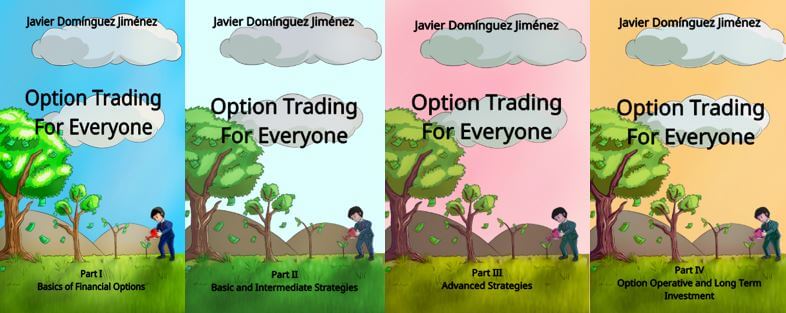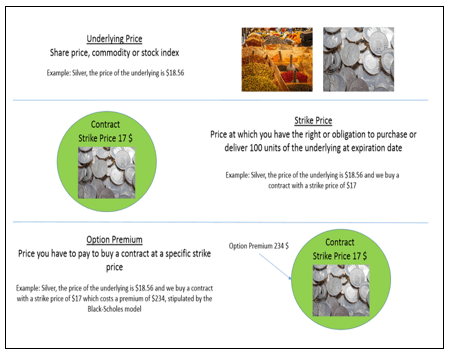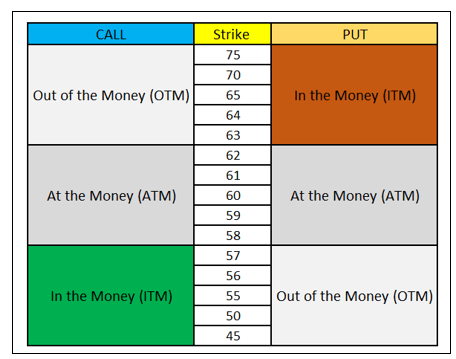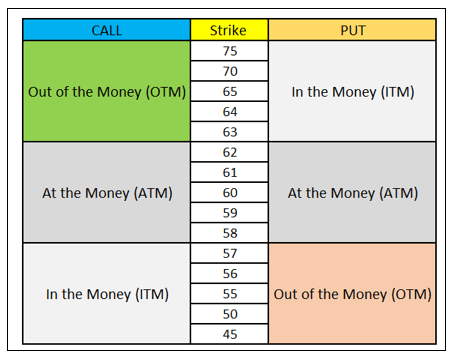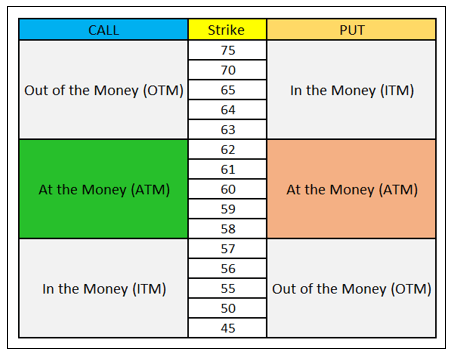What is a Put Option And How to Get The Best Out It
When we face the option market, one of the main questions we should ask ourselves is what is a put option, since understanding how does a put option work correctly is key to understand how the options market work.
In this article, we will see what a put option is, how it works, when we should buy put options, what it means to exercise a put option, and all the questions we can ask ourselves regarding this type of operation.
Table of Contents
Let’s start with the basics…
What is a put option?
A put option, together with call options, is one of the two most basic forms of transactions that can be made in the financial options market.
When we intend to open a transaction in the option market, we can do so by selling or buying a put option.
And again, depending on what we think will happen to the underlying prices in the future, it will be more useful to buy or sell the put option.
How does a put option work?
To explain with greater detail how it works, the easiest way is to compare it to how a stock performs in the stock market.
Let us suppose we are stock traders who intend to short a few shares of a particular company because we are certain that there will be a sharp drop in the market.
In this case, what we should do is access our brokerage account and choose a selling order, either limited or market, to short a stock that we will then cover to make a profit.
As option trader, when we want to open the equivalent of a short position, what we will do is to buy a put option.
By opening a long put, what we are doing is paying some money for having the right to acquire a handful of shorted shares at the strike price of the option. We will be able to do so until a certain date, known as the expiration date of the contract.
When we refer to acquiring a few shorted shares, we are buying -100 shares of the company. This may sound a bit confusing. So, to clarify it a bit more, we will perform a buying put option example.
Buying a put option example
Let us suppose we want to buy a put option from Tesla for a strike value of $100 at the expiration date of April 15, 2020. In other words, what we are doing is acquiring the right to buy -100 shares.
Or what is the same, we will have the right to acquire a short position of shares whose value are $100 per share until April 15 of this year, regardless of what happens to the share price in the future.
This is because the seller of the put option has committed to provide us with those shares, whatever happens in the market, and until the expiration date we have said.
As with calls, when we decide to buy or sell a put option, the price of the premium, which is the price we pay the put option, will be given in terms of cents. In the example, if a Tesla put option costs $3.68, we will actually have to multiply it by 100 to get the real value that we will pay if we buy the option.
When to buy put options?
Let us suppose we have a portfolio worth $2000, and we are confident that Tesla will be losing some of its value. Today, Tesla stock price is approximately $491.
With our current portfolio, we will only be able to short 4 shares. Since we are going to cover them when the stock value is $366, we will have made a profit of $973 in total from the short sale.
Let us take a look at the previous Japanese candlestick chart to undertand what we are doing. We are using ProRealTime charting software to display the images.
Now, let us repeat the same operation with a put option. Remember that when we are buying a put option, we have the right to acquire a shorted position whose shares are worth the strike price.
We will take as strike price the value of $430 and a date of 14 days for the expiration. With this configuration, we are going to check the calculator.
To long a put option, we will have to pay $553 for each contract we want. Let us suppose that we buy 3 put option contracts. Since the stock price will fall to $366, let us check the put option calculator again to find out the premium.

Each put option contract now costs $6466! Since we had bought three, the total value will be $19398. If we subtract this from the value we paid to buy each put option at the beginning of the transaction, it will result in a net profit of $17736 in our favor.
As you can see, this is much more than short selling and also, with a much more limited risk, which is the premium we had to pay for buying the put options.
If you want to use the same calculator that we have used in this example, you can download it for free here, along with our free Options Guide here:
Some traders believe that buying puts is like gambling in the option market. If you want to learn our opinion, we recommend you to take a look at this article here.
When do we exercise a long put option?
In the previous example, what we did was to buy a put option and then sell it. We did this because we did not have enough money in our portfolio and because we were simply looking for a return on a quick trade.
However, if we want to take the short position because we think the stock is going to continue to fall, we can exercise our rights and get the -100 Tesla shares.
Now, just like when we exercised a call, to exercise our right to the put option, we will need to have the money equivalent to the short position.
In other words, if we decide to exercise our 3 put options, we will need to pay the strike price multiplied by 3 and by 100, since this is the number of contracts we have in our portfolio. We will be paying $553 from the option premium plus $430 multiplied by 300 shares, a total of $130659.
That is the reason why the best thing is to simply sell the put option contracts in the market, instead of exercising them.
How are put options exercised?
If we still want to exercise our option, all we have to do is notify the broker that we want to exercise our rights.
Typically, all option brokers will allow us this possibility, but we must be careful, because some will charge us quite a lot of fees for exercising a long put option.
Why buy put options then?
Basically, for the same reasons, we would buy a call option when we think the price of a stock will go up: because of the leverage it provides. If we have a small account to trade in the market, buying puts will allow us to trade with outstanding returns.
Besides, we will have an excellent risk control, since we can only lose, at most, the money we paid to buy the long put option.
When to sell a put option?
Selling a put option is the opposite situation of buying it. When selling a put option, we will be taking both a bullish and neutral position.
An example of selling a put option
Let us imagine that we now know that Tesla stock prices are not going to fall any further, but we think that they are going to stay above $346 for some time. In this case, what we are going to do is to sell a put option below where we think prices are going to stagnate.
This way, we will make a profit immediately when we open the trade, and we will keep the money as long as prices do not fall below the strike price on the day of expiration (marked with a green horizontal line on the graph).
If prices fall below the strike price before expiration, technically, we would not have lost money even if we did not decide to exit the trade.
Let us take a look at the calculator to see how much money we would have obtained for the short put option.

According to our calculator, for every put option we sell, we get $739 in our favor, and immediately. Therefore, we will keep them as long as the share price is above the strike price on the expiration date.
If this does not happen, we will obtain a loss equal to the difference between the strike price and the share price at the expiration date, which can be dangerous if we are not careful.
However, the great advantage of selling a put option is that we can select the strike price and without any restrictions if there is enough option volume and open interest, of course.
Why sell put option then?
The reason is simple: we will be able to pick strike price at which we are certain the share price will not reach.
Also, done correctly, by selling options we can develop an strategy that will allow us to profit constantly from the market. Take a look at the selling put strategy if you would like to know more about this.
Furthermore, we will win the trade if the market does not move or if it moves upwards. Very few strategies allow us to profit from two scenarios simultaneously, and this is a great advantage. Other incentives will let us to get better returns from selling options, and that is time decay.
Of course, when selling we need to be very careful because we could end up owing money, just like we saw here.




